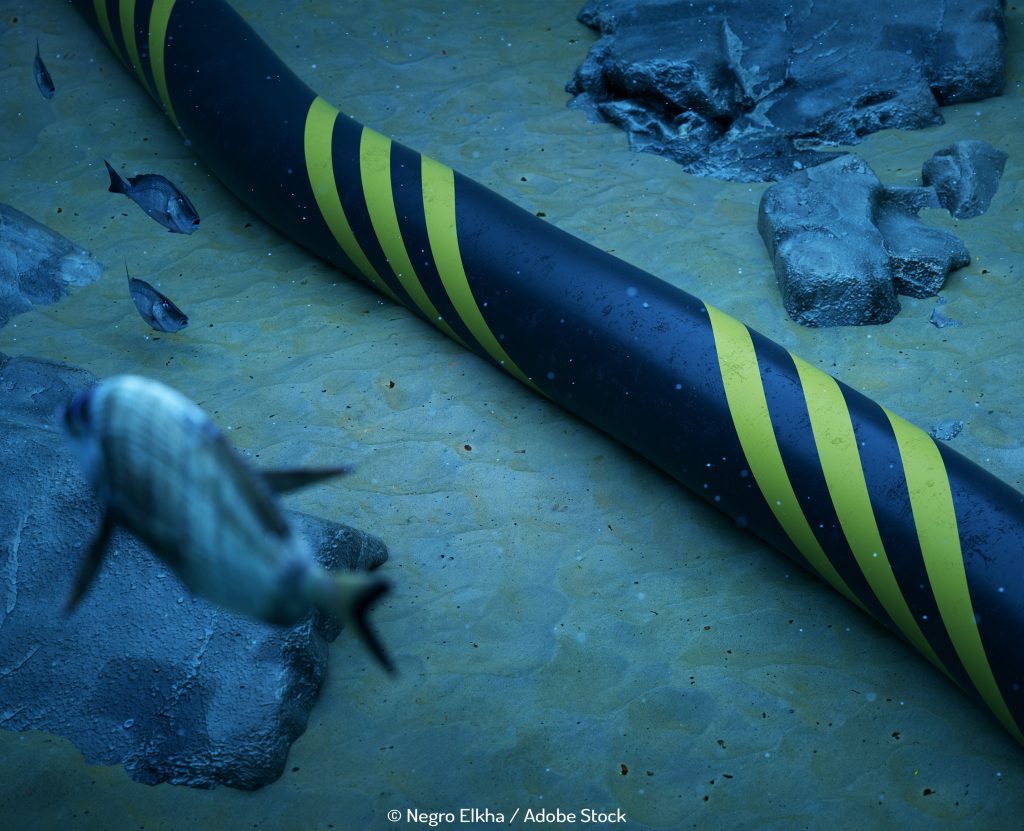Uruguay is producing 95% of its electricity from renewable energy sources
Uruguay is quietly producing 95% of its electricity from renewable energy sources, at a time when the world’s most powerful nations were arguing in Paris over relatively small changes to their own fossil fuel usage. As a result it emits only 0.06% of all greenhouse gas emissions. It is remarkable when you consider that 15 years ago 27% of the country’s imports were oil.
Ramon Mendez, the country’s head of climate change policy, which as The Guardian points out is a job that doesn’t exist in many countries, said it had taken fewer than ten years to get to this point and prices had fallen in real terms. Uruguay’s energy comes from hydro, wind, solar and biomass, the product of a 25 year energy policy introduced in 2008. The country aims to achieve carbon neutrality by 2030. The UK is planning for 80% reduction in domestic emissions by 2050. Obama vowed that the US would reduce greenhouse gases up to 28% in the next ten years.
Mendez says there are several factors why it’s been so successful but it mostly comes down to good business. The partnership between the country’s public and private companies was key to getting it off the ground. The International Renewable Energy Agency says the state-owned electric company boosted renewable energy by selling off agreement to produce power to private organisations. They have fixed energy price contracts lasting two decades which encourages investment. Mendez told The Guardian that, “What we’ve learned is that renewables is just a financial business. The construction and maintenance costs are low so as long as you give investors a secure environment, it is very attractive.”
One of the natural resources in Uruguay is the wind. It now has wind farms all over the countryside – on one 200 mile stretch are three wind farms and three agro-industrial plants. The fixed term deals mean competition is fierce. “Foreign firms are lining up to secure wind farm contracts,” Jonathan Watts, “The competition is pushing down bids, cutting electricity generating costs by more than 30% over the past three years.”
There’s also partnership between wind farms and hydro plants. Peralta for example feeds into hydropower plants so dams hold their reservoirs for longer – a triumph that Mendez says has resulted in a 70% decrease in vulnerability to drought.
There are many other small countries making great leaps and bounds in renewables. Costa Rica went for a record 94 days without using fossil fuels and wants to be 100% reliant on renewables by 2021. Iceland uses its volcanoes for geothermal sources – which now accounts for 85% of its heating and 100% of its electricity. Paraguay gets 90% of its electricity from one hydropower dam and Lesotho gets 100% of electricity from dams.
These renewable trail blazers have some advantages others don’t – the volcanoes for example – but the fierce ambition, drive and dedication to deliver change is something that anyone can develop.
Don’t forget to turn off the lights when you go downstairs. Merry Christmas!


